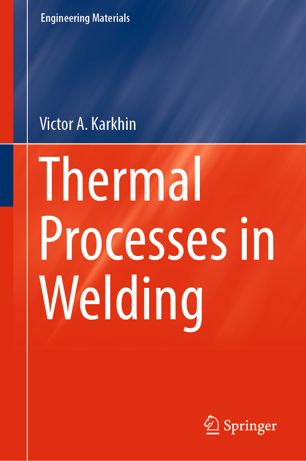

Most ebook files are in PDF format, so you can easily read them using various software such as Foxit Reader or directly on the Google Chrome browser.
Some ebook files are released by publishers in other formats such as .awz, .mobi, .epub, .fb2, etc. You may need to install specific software to read these formats on mobile/PC, such as Calibre.
Please read the tutorial at this link: https://ebookbell.com/faq
We offer FREE conversion to the popular formats you request; however, this may take some time. Therefore, right after payment, please email us, and we will try to provide the service as quickly as possible.
For some exceptional file formats or broken links (if any), please refrain from opening any disputes. Instead, email us first, and we will try to assist within a maximum of 6 hours.
EbookBell Team

4.7
36 reviewsThis book describes and systemizes analytical and numerical solutions for a broad range of instantaneous and continuous, stationary and moving, concentrated and distributed, 1D, 2D and 3D heat sources in semi-infinite bodies, thick plane layers, thin plates and cylinders under various boundary conditions. The analytical solutions were mainly obtained by the superimposing principle for various parts of the proposed 1D, 2D and 3D heat sources and based on the assumption that only heat conduction plays a major role in the thermal analysis of welds. Other complex effects of heat transfer in weld phenomena are incorporated in the solutions by means of various geometrical and energetic parameters of the heat source.
The book is divided into 13 chapters. Chapter 1 briefly reviews various welding processes and the energy characteristics of welding heat sources, while Chapter 2 covers the main thermophysical properties of the most commonly used alloys. Chapter 3 describes the physical fundamentals of heat conduction during welding, and Chapter 4 introduces several useful methods for solving the problem of heat conduction in welding. Chapters 5 and 6 focus on the derivation of analytical solutions for many types of heat sources in semi-infinite bodies, thick plane layers, thin plates and cylinders under various boundary conditions. The heat sources can be instantaneous or continuous, stationary or moving, concentrated or distributed (1D, 2D or 3D). In Chapter 7 the temperature field under programmed heat input (pulsed power sources and weaving sources) is analyzed.
In turn, Chapters 8 and 9 cover the thermal cycle, melting and solidification of the base metal. Heating and melting of filler metal are considered in Chapter 10. Chapter 11 addresses the formulation and solution of inverse heat conduction problems using zero-, first- and second-order algorithms, while Chapter 12 focuses on applying the solutions developed here to the optimization of welding conditions. In addition, case studies confirm the usefulness and feasibility of the respective solutions. Lastly, Chapter 13 demonstrates the prediction of local microstructure and mechanical properties of welded joint metals, while taking into account their thermal cycle.
The book is intended for all researches, welding engineers, mechanical design engineers, research engineers and postgraduate students who deal with problems such as microstructure modeling of welds, analysis of the mechanical properties of welded metals, weldability, residual stresses and distortions, optimization of welding and allied processes (prewelding heating, cladding, thermal cutting, additive technologies, etc.). It also offers a useful reference guide for software engineers who are interested in writing application software for simulating welding processes, microstructure modeling, residual stress analysis of welds, and for robotic-welding control systems.